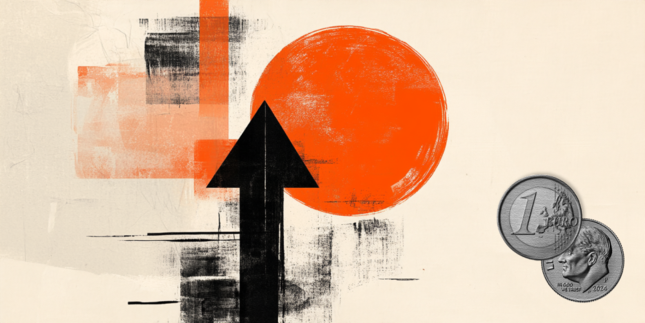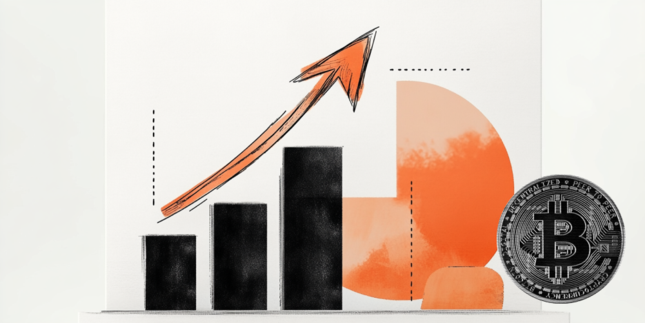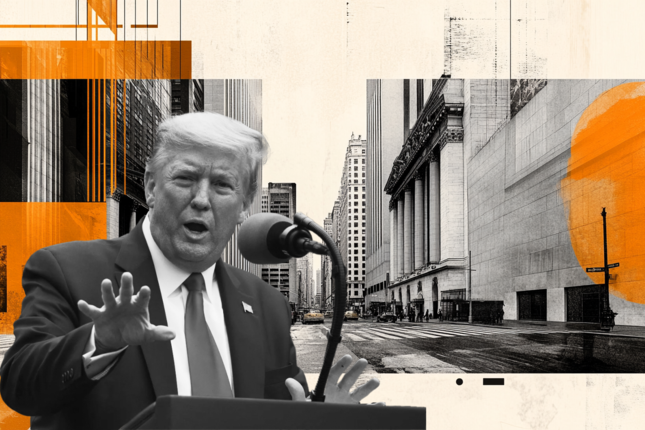![]()
Hello traders! This week I’d like to explain a little bit about what profitable traders all have in common and then discuss the differences, because the differences are what makes trading difficult!
So right out of the gate I’m going to give you the Holy Grail in trading that all successful traders have in common. If you’ve done more than twenty minutes of searching around the internet or read a book or magazine article about trading, you are probably aware of the phrase, “Cut your losses and let your winners run.” The often funny yet nearly always frustrating thing for new traders is the fact that this phrase is amazingly simple, yet putting it into action is seemingly difficult. Why is cutting your losses so difficult? Many new traders believe that professional traders don’t take losses, that every trade makes money. That is absolutely not the case! The good traders I know take losses every week. Not necessarily every day, but certainly every week! (This applies to the somewhat active traders I know. Longer term traders might not exit any trade for several weeks, thereby not taking losses every week.) One question that I ask in the Online Trading Academy classes that I teach is “How many bad trades does it take to blow up your account?” The answer is one. One bad trade that you let keep going against you without taking the small loss can wipe out your trading account. Is that bad trade THIS trade? Since we never know for sure, we must always take the small loss if price goes the wrong direction on our trade.
Since many new traders believe that taking losses is doing it “wrong,” their mindset must be changed to accept the fact that small losses is merely a part of doing business. So what about the other part of the Holy Grail phrase, “Let your winners run?” This is definitely easier said than done! Many new traders are too quick to take their profits, as they don’t want to let a winning trade turn into a losing trade. I understand the thought process, but I want to try and change your opinion on taking quick, small profits. As mentioned, it only takes one bad trade to blow up your account. How many GOOD trades does it take to DOUBLE your account? The answer is also one! If you take your profits very quickly, when you are in the money a handful of pips, you will never have one trade double your account. But if you can get in the habit of letting at least part of your winning trades keep running (scaling out of a portion of your position to lock in profits), this could be the trade that doubles your account.
There are several ways we teach traders to manage winning trades. One way is a close below a trendline in uptrends, or a close above a trendline in a downtrends. The main problem with this technique it that very often the market will pause, yet not retrace – commonly called basing or consolidating. While the market is basing, oftentimes the trendline is broken, but the market hasn’t actually moved against you.
To get past this shortcoming of trendlines, a moving average is often used. A moving average will “flatten out” as your currency pair is basing, often keeping you in a trade for longer than the trendline technique would.
My personal favorite technique is what we call a technical stop, which has been mentioned and explained in previous articles here. In my opinion this technique will make you the most money over time vs. the other, somewhat arbitrary lines or moving averages.
So that has been a brief explanation of what successful traders have in common. What do we do differently? Ah, that is where the dizzying array of choices in trading comes into play. I, for one, am glad there are so many ways/choices in how to trade. If there was only ONE way to trade to make money, everyone would know it by now and there wouldn’t be any money in trading anymore! Because there are so many way to make money, obviously we believe there is still plenty of money to be made doing it.
In addition to our Core Strategy using supply and demand zones, many of our instructors use different classical technical analysis techniques as odds enhancers for specific zones on the charts. If you’ve read these newsletters for a while, you may have noticed that instructor X likes Bollinger Bands, instructor Y likes moving averages, and instructor Z likes Fibonacci retracement percentages. It is up to you as the individual trader to experiment with the different tools to find one that makes sense to you and your trading style.
I would like to offer a word of caution. When adding these extra tools to your charts, start with only one. Try it for 30 demo trades. If it is making you more money than you otherwise would, keep using it! If you are making the same or less money, get rid of it. DO NOT keep adding indicators and oscillators attempting to find that one combination that will work for you every time – it doesn’t exist. Only keep them on your charts if you are more profitable, not less.
By adopting the habits of successful traders, you can certainly learn to make money in the markets. Take your small losses, learn how to let your winning trades keep running, and (perhaps) adopt an indicator or oscillator to help with your supply and demand zones. Be disciplined about following our simple rules, because there is absolutely room for more profitable traders in the world!
This content is intended to provide educational information only. This information should not be construed as individual or customized legal, tax, financial or investment services. As each individual's situation is unique, a qualified professional should be consulted before making legal, tax, financial and investment decisions. The educational information provided in this article does not comprise any course or a part of any course that may be used as an educational credit for any certification purpose and will not prepare any User to be accredited for any licenses in any industry and will not prepare any User to get a job. Reproduced by permission from OTAcademy.com click here for Terms of Use: https://www.otacademy.com/about/terms
Editors’ Picks

Gold surges to fresh record high above $3,400
Gold extends its uptrend and trades at a new all-time high above $3,400 on Monday. Concerns over a further escalation in the US-China trade war and the Fed’s independence smash the US Dollar to three-year troughs, fuelling XAU/USD's rally.

EUR/USD clings to strong gains near 1.1500 on persistent USD weakness
EUR/USD gains more than 1% on the day and trades at its highest level since November 2021 near 1.1500. The relentless US Dollar selling helps the pair push higher as fears over a US economic recession and the Federal Reserve’s autonomy grow.

GBP/USD tests 1.3400 as USD selloff continues
GBP/USD continues its winning streak, testing 1.3400 on Monday. The extended US Dollar weakness, amid US-Sino trade war-led recession fears and heightened threat to the Fed's independence, underpin the pair following the long weekend.

How to make sense of crypto recovery – Is it a buy or fakeout
Bitcoin (BTC), Ethereum (ETH) and XRP, the top three cryptocurrencies by market capitalization, extend their last week’s recovery on Monday, even as trader sentiment is hurt by the US President Donald Trump’s tariff policy and announcements.

Five fundamentals for the week: Traders confront the trade war, important surveys, key Fed speech Premium
Will the US strike a trade deal with Japan? That would be positive progress. However, recent developments are not that positive, and there's only one certainty: headlines will dominate markets. Fresh US economic data is also of interest.
RECOMMENDED LESSONS
Making money in forex is easy if you know how the bankers trade!
Discover how to make money in forex is easy if you know how the bankers trade!
5 Forex News Events You Need To Know
In the fast moving world of currency markets, it is extremely important for new traders to know the list of important forex news...
Top 10 Chart Patterns Every Trader Should Know
Chart patterns are one of the most effective trading tools for a trader. They are pure price-action, and form on the basis of underlying buying and...
7 Ways to Avoid Forex Scams
The forex industry is recently seeing more and more scams. Here are 7 ways to avoid losing your money in such scams: Forex scams are becoming frequent. Michael Greenberg reports on luxurious expenses, including a submarine bought from the money taken from forex traders. Here’s another report of a forex fraud. So, how can we avoid falling in such forex scams?
What Are the 10 Fatal Mistakes Traders Make
Trading is exciting. Trading is hard. Trading is extremely hard. Some say that it takes more than 10,000 hours to master. Others believe that trading is the way to quick riches. They might be both wrong. What is important to know that no matter how experienced you are, mistakes will be part of the trading process.

The Best brokers to trade EUR/USD
SPONSORED Discover the top brokers for trading EUR/USD in 2025. Our list features brokers with competitive spreads, fast execution, and powerful platforms. Whether you're a beginner or an expert, find the right partner to navigate the dynamic Forex market.
